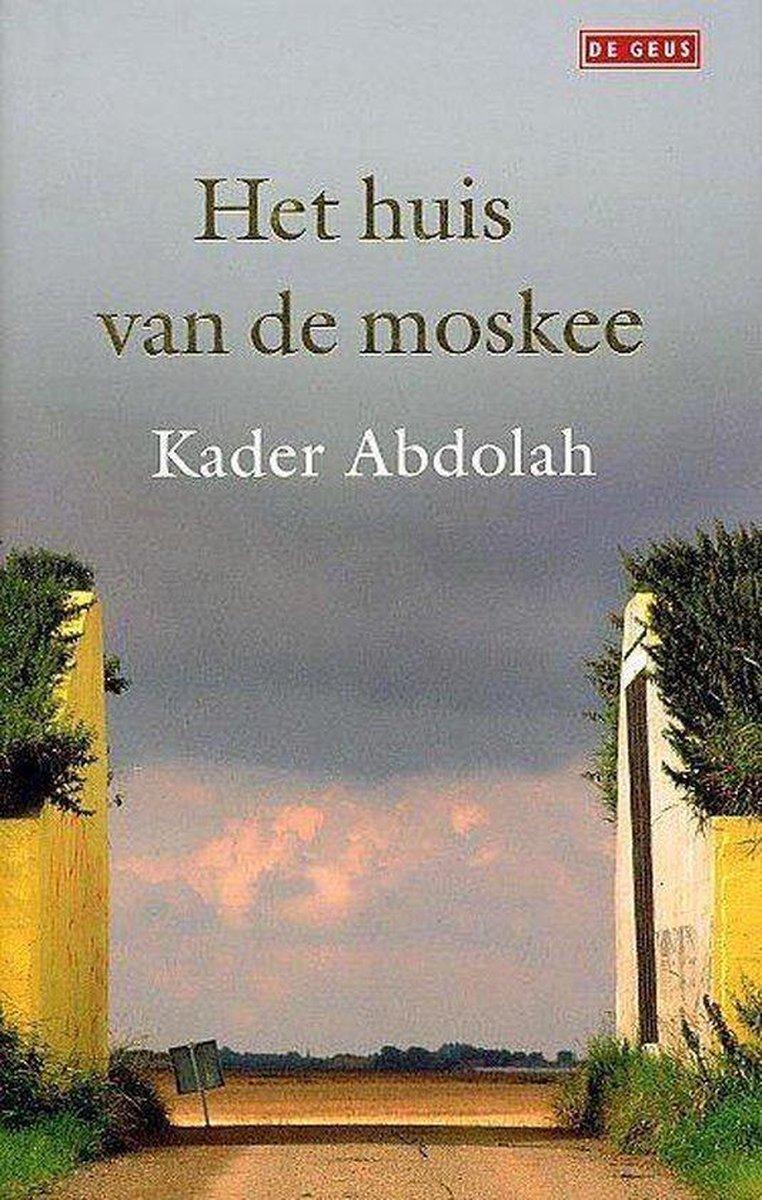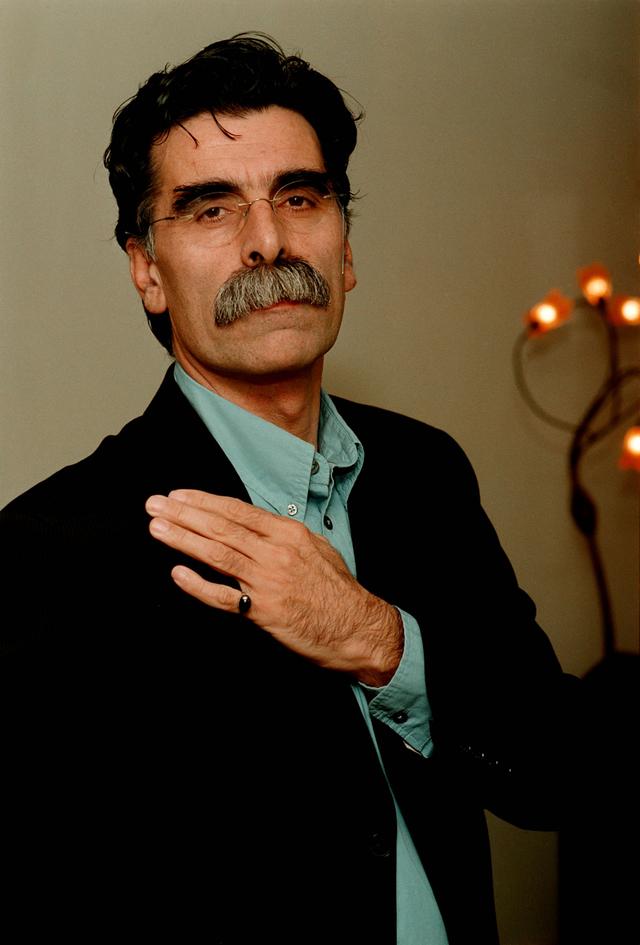The House of the Mosque
For eight hundred years the house next to the mosque in the Iranian city of Senejan has been in the hands of one family, which has provided imams for the mosque for generations as well as producing the city’s leading merchants. At the start of the novel, in 1969, Aqa Jaan is Senejan’s most successful merchant and the head of its bazaar. He regards his great-nephew Shahbal as his natural successor.

When the Americans land on the moon, Shahbal, with the assent of Aqa Jaan, smuggles a television into the house, confronting another relative, the imam who lives there, with what is going on in the world.
Each member of the extended family in the house adopts a different stance. Some are opposed to the American modernity imported by the Shah, while others benefit from Western innovation. The politically inspired Islam that smoothes Ayatollah Khomeini’s path to power after the Shah is ousted works its way into the house. The imam reveals himself to be ‘Allah’s judge’, responsible for the torture and execution of hundreds of opponents of the new regime, including several who live, or used to live, in the house of the mosque.
The expressive power of his lyrical style and the combination of a now idyllic, now fairy tale, now horrifying atmosphere, makes 'The House of the Mosque' no less than Abdolah’s masterpiece.
Trouw
With seamlessly interwoven quotations from Persian and Dutch literature, deft storytelling and affectionate humour, he offers the reader buoyancy as well as weight My Father’s Notebook is a gift to English readers.
Independent
